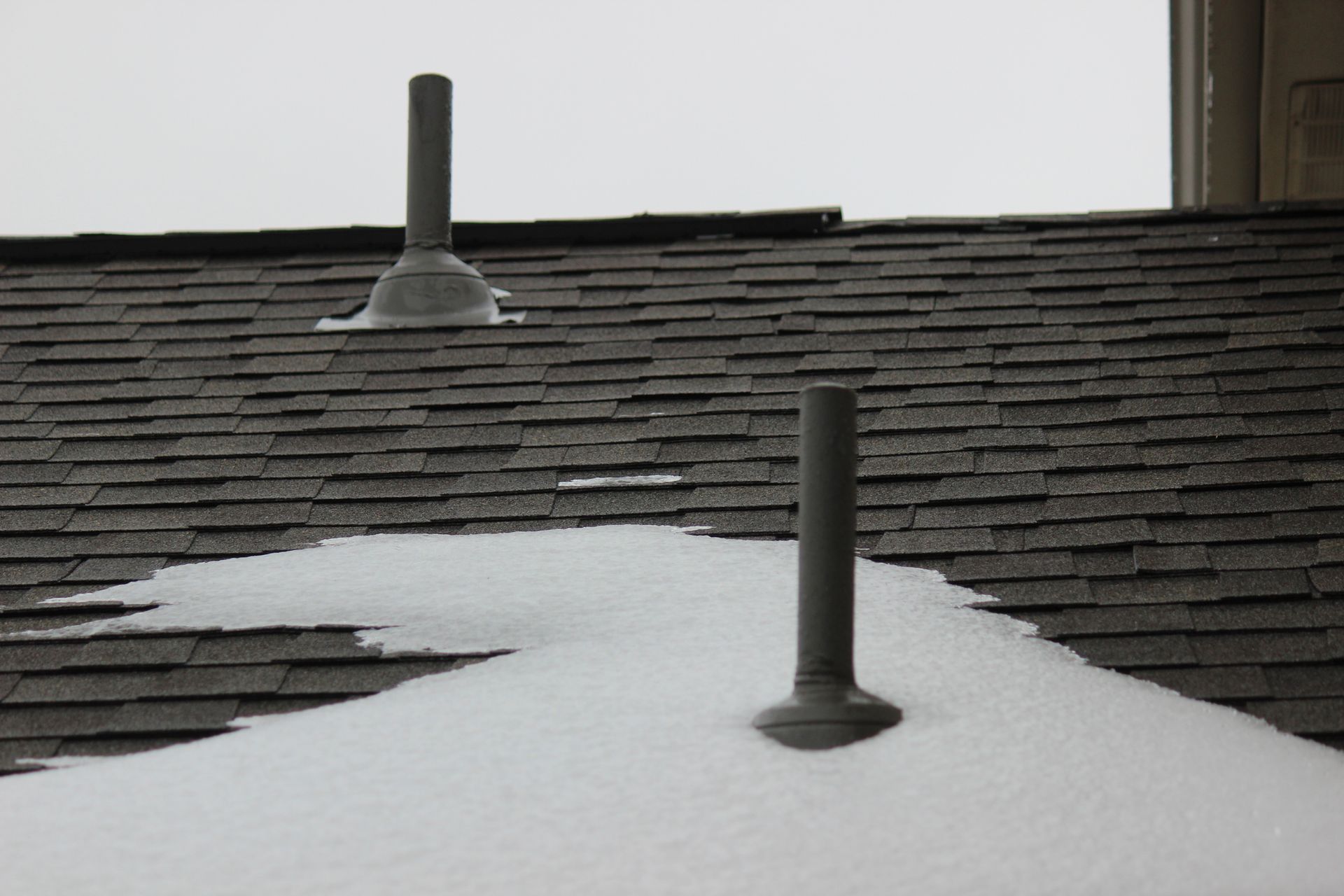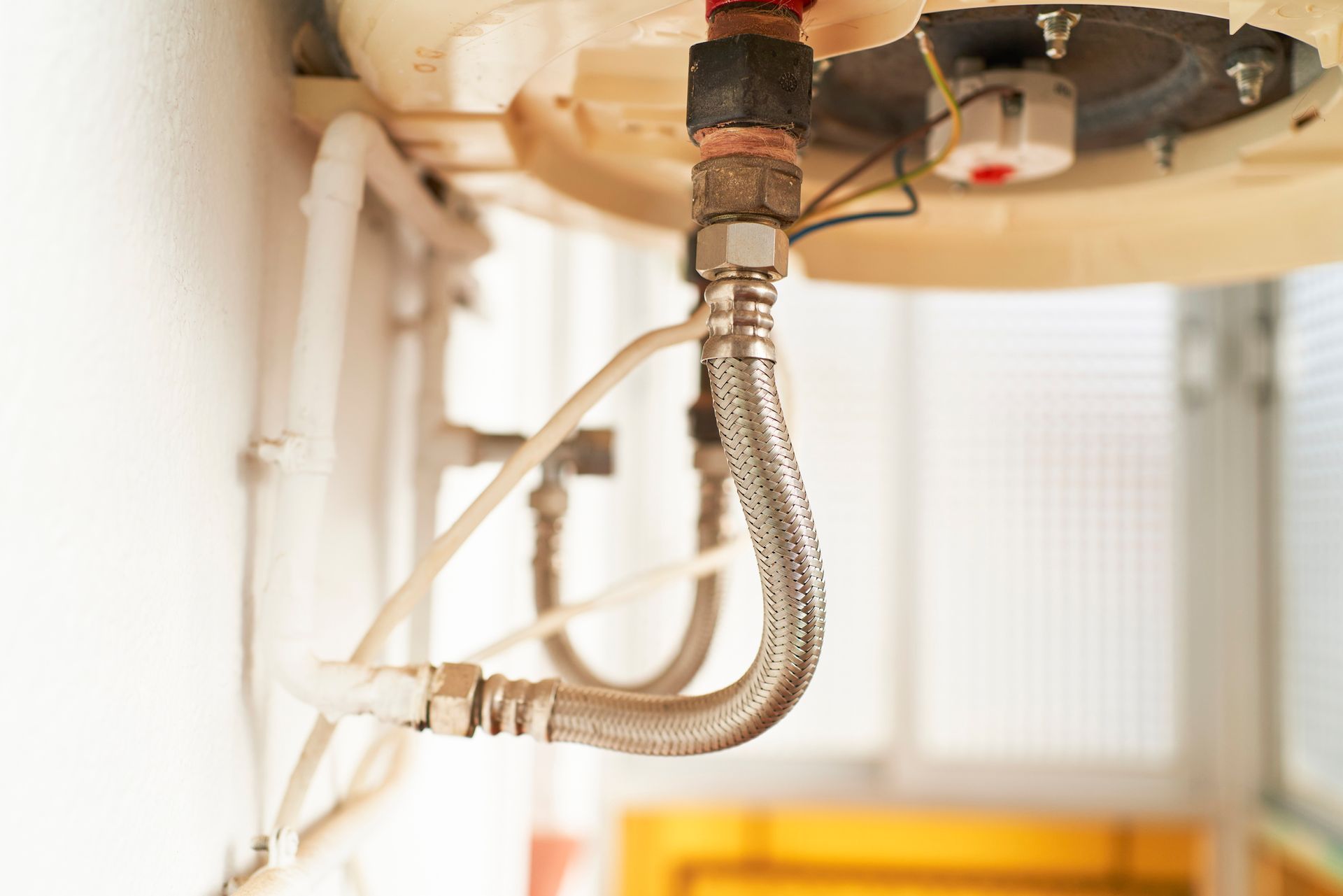What Causes Radiant Heating Issues: Understanding Common Problems in Home Heating Systems
What Causes Radiant Heating Issues: Understanding Common Problems in Home Heating Systems
Radiant heating has become increasingly popular among homeowners seeking efficient and comfortable heating solutions. While these systems offer numerous benefits, they can also experience various issues that compromise their performance and effectiveness. This comprehensive guide will explore the multiple factors that can lead to radiant heating problems, helping you understand potential challenges and how to address them.
Understanding Radiant Heating Systems
Before delving into potential issues, it's essential to understand how radiant heating works. These systems typically use either electric heating elements or water-based hydronic pipes installed beneath floors, within walls, or in ceiling panels. The heat radiates upward, warming objects and surfaces directly, creating a more even and comfortable heating experience compared to traditional forced-air systems.
Common Causes of Radiant Heating Problems
- Installation-Related Issues
Improper installation is a primary source of radiant heating complications. Even minor mistakes during the initial setup can lead to significant performance problems:
• Incorrect pipe or element placement
• Inadequate insulation around heating components
• Poor spacing between heating elements
• Insufficient substrate preparation
• Improper connections or sealing
These installation errors can result in uneven heating, reduced efficiency, and potential system failure. Professional installation by experienced technicians is crucial to minimizing these risks.
- Material Degradation and Wear
Over time, radiant heating components can experience natural wear and deterioration:
• Pipe corrosion in hydronic systems
• Electrical element breakdown
• Insulation degradation
• Material fatigue from repeated heating and cooling cycles
Regular maintenance and periodic inspections can help identify and address these gradual deterioration issues before they become severe problems.
- Water Quality in Hydronic Systems
For water-based radiant heating systems, water quality plays a critical role in system performance and longevity:
• High mineral content causing scaling
• Potential for rust and corrosion
• pH imbalances affecting pipe and component integrity
• Sediment accumulation
Installing water treatment systems and using appropriate chemical additives can mitigate these water-related challenges.
- Thermal Expansion and Contraction
Temperature fluctuations cause materials to expand and contract, which can create stress on radiant heating components:
• Potential pipe or element cracking
• Loose connections
• Compromised seals
• Reduced system efficiency
Proper material selection and installation techniques can help minimize the impact of thermal expansion.
- Electrical System Complications
Electric radiant heating systems are susceptible to various electrical issues:
• Circuit overload
• Wiring degradation
• Thermostat malfunctions
• Electrical connection problems
• Power supply inconsistencies
Regular electrical system inspections and professional maintenance can prevent these potential complications.
- Insulation and Subfloor Challenges
The effectiveness of radiant heating depends significantly on proper insulation and subfloor conditions:
• Inadequate floor insulation
• Moisture problems in subfloor areas
• Uneven subfloor surfaces
• Poor thermal barrier implementation
Comprehensive subfloor preparation and high-quality insulation are essential for optimal system performance.
- Pressure and Flow Problems in Hydronic Systems
Water-based radiant heating systems can experience specific pressure and flow-related challenges:
• Pump malfunctions
• Air pocket formation
• Pressure imbalances
• Circulation system inefficiencies
Regular system bleeding and professional maintenance can help address these issues.
- Temperature Control Difficulties
Precise temperature management is crucial for radiant heating systems:
• Thermostat calibration problems
• Sensor inaccuracies
• Uneven zone heating
• Slow response to temperature adjustments
Advanced digital thermostats and zoning systems can help mitigate these challenges.
Preventative Maintenance Strategies
To minimize radiant heating issues, consider implementing these proactive approaches:
• Annual professional system inspections
• Regular cleaning and maintenance
• Water quality testing and treatment
• Component performance monitoring
• Prompt repair of identified issues
Signs of Potential Radiant Heating Problems
Homeowners should watch these warning indicators:
• Uneven heating across different areas
• Unexplained increases in energy consumption
• Strange noises or vibrations
• Reduced heating efficiency
• Cold spots or inconsistent temperatures
Diagnostic and Repair Considerations
When experiencing radiant heating issues, professional assessment is recommended:
• Specialized thermal imaging techniques
• Pressure and flow testing
• Electrical system diagnostics
• Comprehensive system evaluation
Cost Considerations and Long-Term Planning
Understanding potential repair and replacement costs can help homeowners make informed decisions:
• Minor repairs: $200-$800
• Major component replacement: $1,000-$3,500
• Complete system replacement: $6,000-$15,000
Conclusion
Radiant heating systems offer exceptional comfort and efficiency when properly installed and maintained. By understanding potential issues and implementing proactive maintenance strategies, homeowners can maximize their system's performance and longevity.
While challenges can arise, most radiant heating problems are preventable or manageable with professional guidance and regular care. Investing time and resources in proper maintenance will ensure a reliable, comfortable heating solution for years to come.









